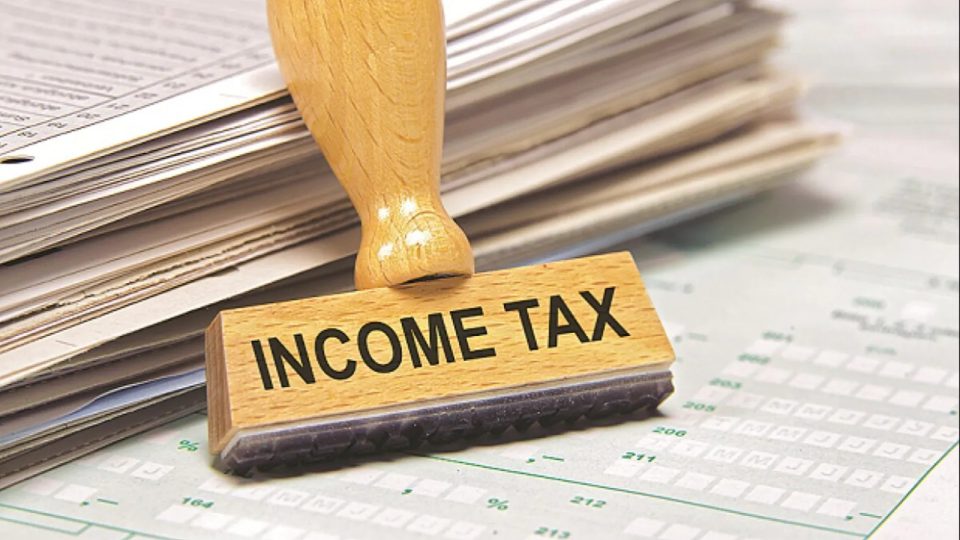Finance Minister Nirmala Sitharaman’s budget introduced several changes to income tax. The changes are “mainly for the hard-working middle class,” she said.
Currently, those earning up to Rs 5 lakh a year pay no tax under the old and new regimes. Sitharaman proposed to increase the refund limit to Rs 7 lakh in the new tax regime. Under the new tax regime, those earning up to Rs 7 lakh a year will pay no tax.
The tax structure has changed, and the number of boards has been reduced from 6 to 5. The duty-free limit increased to Rs 3 lakh.
The new rates are as follows: 0 to Rs 3 lakh: nil; 5% for Rs 3 lakh to Rs 6 lakh; 10% for Rs 6 lakh to Rs 9 lakh; 15% for Rs 9 lakh to Rs 1.5 lakh; 20% for those above Rs 1.5 lakh; and 30% for those above Rs 1.5 lakh. This will provide significant relief to all taxpayers under the new regime.
For salaried plus pensioners, including family pensioners, the benefits of the standard deduction have been extended to the new tax system. Every salaried earning Rs 15.5 lakh and above will benefit from Rs 52,500.
The highest tax rate is 42.74%, one of the highest tax rates in the world. The Budget cut the top surtax rate from 37% to 25% in the new tax regime. That would bring the maximum tax rate down to 39%.
The tax exemption for non-government employees cashing in leave at retirement is Rs 3 lakh, which was last fixed in 2002 when the government’s maximum basic salary was only Rs 30,000 per month. The budget raised this limit to Rs 25 lakh and increased government salaries.
Sitharaman announced that the new income tax regime would henceforth be the default. However, citizens can choose to receive benefits under the old tax system.





